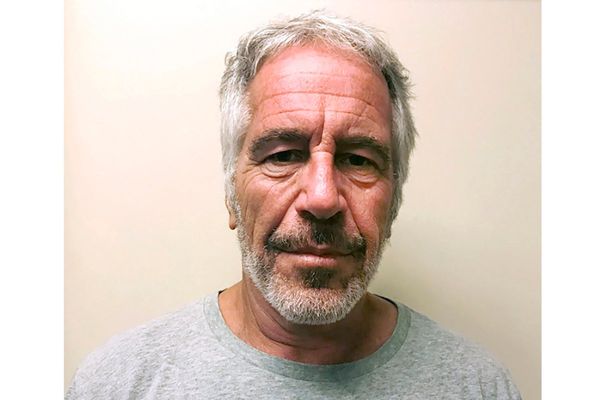
What should we make of Seymour Hersh, a Pulitzer Prize-winning journalist, marking the anniversary of Russia’s invasion of Ukraine with his Substack newsletter “How America took out the Nord Stream pipeline”? Truth-telling investigative reportage? Or simple disinformation?
It highlights the clash between new and old investigative journalism: the former being the ruggedly independent star reporter wearing out shoe leather chasing their own “Deep Throat” in the deep state; the latter comprising an eclectic mix of team collaborations, in-depth research and computer-assisted journalism, digging into oligarchs and mafia states and the big issues such as the climate crisis and rising authoritarianism.
The 85-year-old Hersh drives a breezy tick-tock-style certainty through the large gap in what we still don’t know about last September’s destruction of the Baltic Sea’s Nord Stream, built to pipe Russian gas into an eager German market.
“Last June,” Hersh bluntly tells us, “[US] navy divers, operating under the cover of a widely publicised mid-summer NATO exercise known as BALTOPS 22, planted the remotely triggered explosives that, three months later, destroyed three of the four Nord Stream pipelines, according to a source with direct knowledge of the operational planning.”
“Utterly false and complete fiction,“ said the US.
It being Hersh — the man who broke 1968’s Mỹ Lai massacre and wrote one of the first exposés on 2003’s Abu Ghraib torture and prison abuse — it got attention. But not the kind you would have once expected.
Hersh’s 1970s employer, The New York Times, set the trend for the mainstream media by ignoring his claim. Instead, the story has been nudged along by both the war-sceptical left and the anti-Ukraine right, including various News Corp/Fox voices such as Fox News, London’s The Times and Sky News in Australia.
Russian media has leapt at it, with Russia as well as China taking a swipe at the Western media’s approach.
The open source intelligence (OSINT) community, which relies on publicly available (aka “open-source”) information, has picked the story apart, factual error by factual error. The Snopes fact-checking site points out that “his case for conspiracy is held together by a seemingly omnipotent anonymous source”.
“Hersh’s story is a case study in modern-day disinformation,” said Natalia Antelava from investigative site Coda in her Disinfo Matters newsletter. True or not, it’s off and running.
It’s not the first go-around between the confidential-sourced reporting of Hersh and the new internet-powered investigative network of OSINT, fact-checkers and reporters with a disinformation focus.
Before Ukraine, Syria was the battleground, with Hersh challenging reports that the Syrian government was using chemical weapons against rebels. (The UN’s Organisation for the Prohibition of Chemical Weapons released its third report, on the 2018 Douma attack last month, confirming the Syrian government’s role.)
In the London Review of Books in 2013 and 2014 and in Germany’s national newspaper Die Welt in 2017, Hersh argued the weapons were either a false flag by rebel groups to draw the US into the war or released by accident in a bombing attack.
The claims, Bellingcat’s Eliott Higgins wrote in 2017, “fell apart under real scrutiny, and relied heavily on ignoring much of the evidence around the attacks, an ignorance of the complexities of producing and transporting sarin, and a lack of understanding about facts firmly established about the attacks”.
The Die Welt report, Higgins said, relied on “a tiny number of anonymous sources, presented no other evidence to support his case, and ignored or dismissed evidence that countered the alternative narrative he was trying to build”.
Another eyebrow-raising Hersh story in the LRB in 2015 questioned the official narrative over the killing of Osama bin Laden in Pakistan. The New Yorker had originally passed on the lightly sourced and contradictory story for not standing up to its fact-checking, and has since marked an end to his 20-year contributor relationship with the outlet. The New Yorker had also declined to run his stories on chemical weapons.
Maybe, as Talking Points Memo‘s Josh Marshall said, Hersh just needs an editor strong enough to say no (and the humility to take no for an answer). And certainly, as Antelava argued, we should keep a more sceptical eye out for disinformation in self-published articles via the editor-less Substack platform.
Editor or no, Hersh writes with the “realism” certainty that sees events driven by great powers — particularly an imperial US — and their proxies. He goes looking for “facts” and claims that fit this Cold War-era worldview.
The result, said Antelava, was that “millions of people around the world now believe that the United States conducted an act of war against Russia. Even though they haven’t seen any actual proof.”







